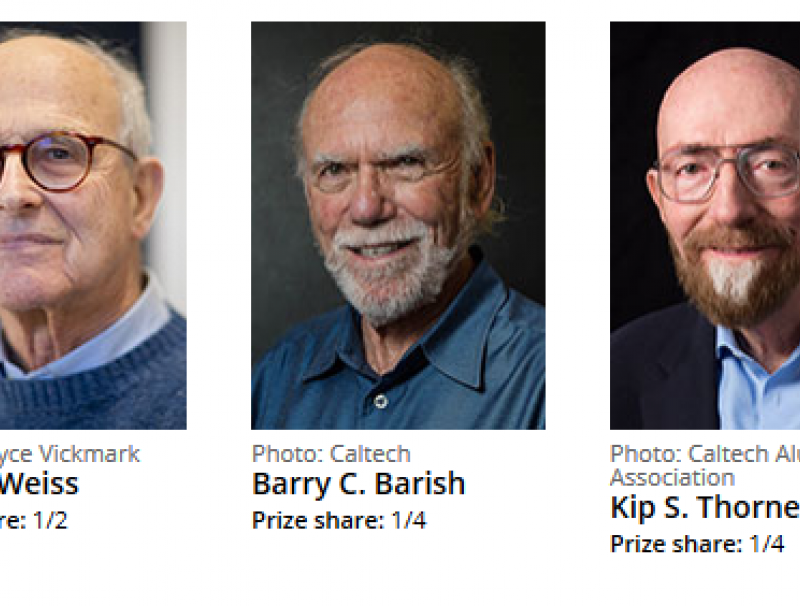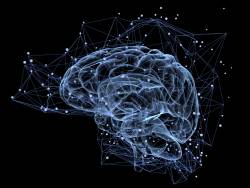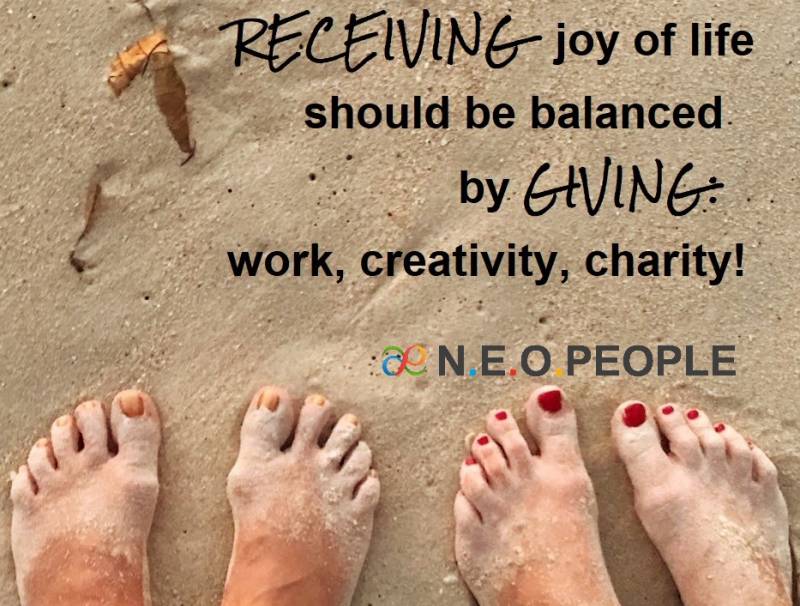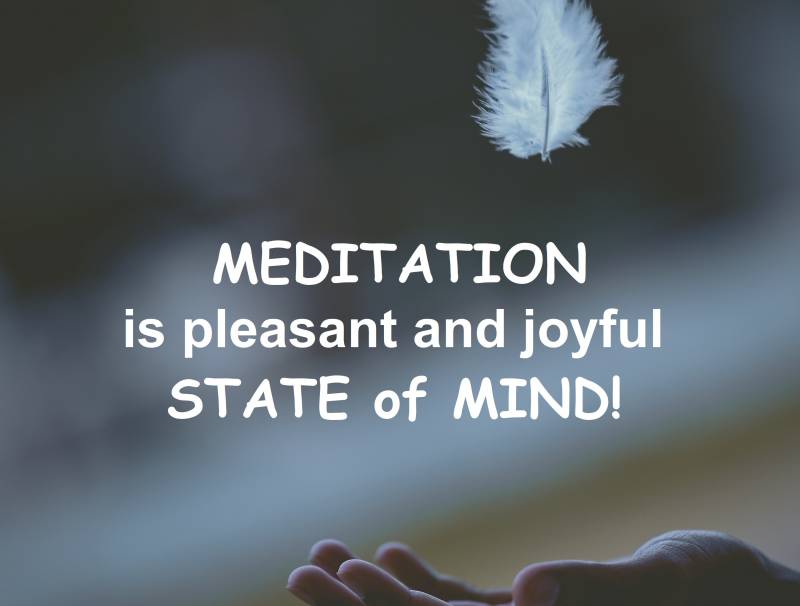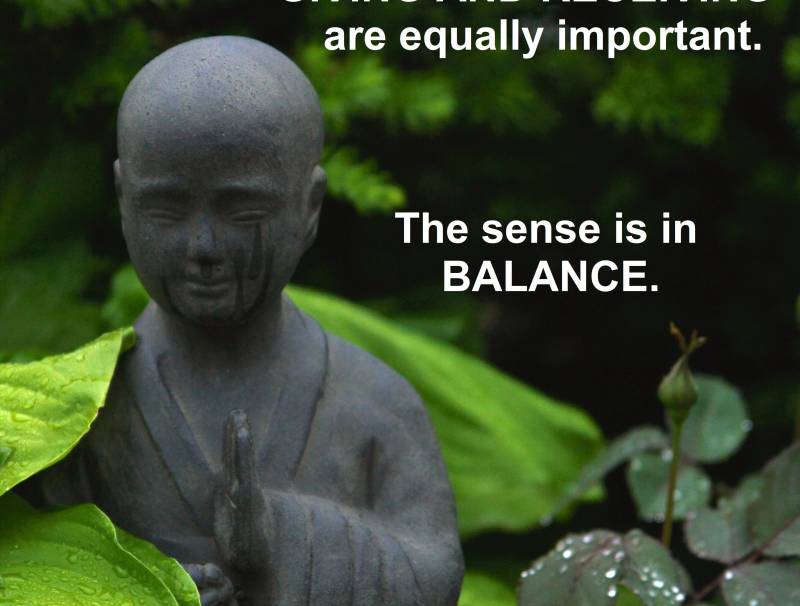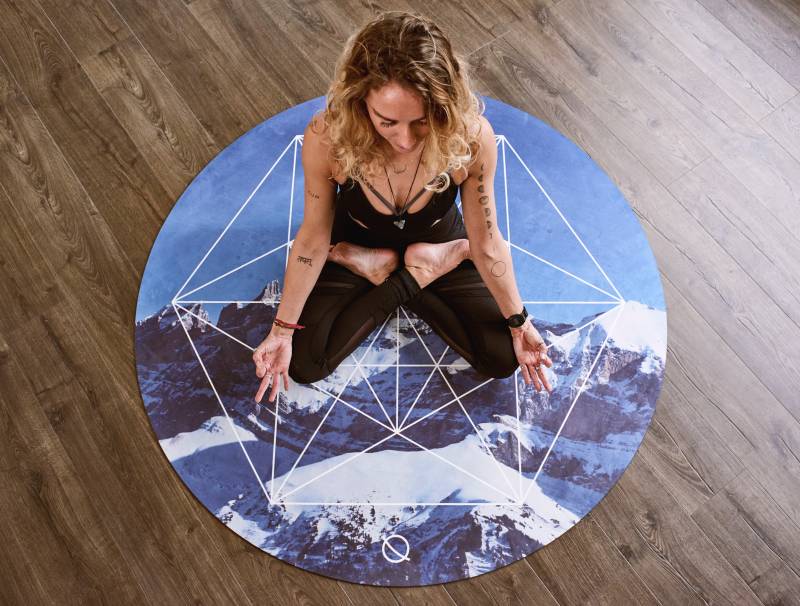BEST IDEA-CREATION METHODS. PART 2
The Matrix of Opportunities
This technique is also known as the method of morphological analysis of Fritz Zwicky. In essence, it consists in coming up with as many solutions for particular parts of the problem as possible and combining them randomly. Here are the guidelines:
- Formulate the problem.
- Draw 5 by 10 table.
- The first row of cells is "Characteristic". Write down here the most important parameters of the task.
- Create a characteristic for each parameter and write it down in the remaining rows. Give preference to choosing absurd ideas rather than standard ones.
- Organize the individual cells in the columns; this will help you to figure out how much the result corresponds to the actual task.
- Write down the ideas you like.
Associative Search Method
The method is suitable for creating ideas from scratch. For example, if you want to create a video or animation. Basically, it is about finding as many associations to the object as possible and to link the concepts:
- Prepare a dozen random words. You can use stories, tweets, or images.
- Assemble the team and formulate the problem.
- For each word, there is a minute. During this time, the team should create a number of associations.
- Try to think big, to allow ridiculous associations.
- Record each association on the board.
- Continue until you come up with an association for all the words or you do not get enough to solve the problem.
- Use the information received for the intended purpose.
Pronounce the first thing that comes to your mind. If you are at a dead end, just change the word. It is better to use words that are not directly related to the problem itself.
Biasociation
This technique is the reverse of the previous one: instead of looking for associations you will have to combine ideas that are not related to each other. You will need to compare what you already know with phenomenon from a completely different scope. The technique was first described by writer and journalist Arthur Koestler.
- Formulate the problem.
- Draw a table with two columns. In the left part write several processes that are not related to the task. In the right column, write down the processes that are related to the task.
- Find the parallels between the processes in the columns. Think about how you can use these mappings to solve the problem.
- Register emerging ideas.
- After a break, select the best ones and modify them if necessary.
The success of this method depends on the ability to treat processes abstractly from each other. By breaking the patterns of thinking, you will find connections between unrelated concepts.
Random stimulus
This technique reminds me of exercise in guesswork. It was used by our ancestors and modern fortune tellers for the interpretation of signs. The task is to see the connection between two contradictory issues.
- Formulate the problem.
- Select any word and write it right next to the task. This will be the beginning.
- Write distinctive features of this word and associations that emerge when you think of it.
- Set the timer for 3-5 minutes.
- Keeping in mind the task and the stimulus, try to find a connection between them.
- Register emerging ideas. Do not go into details. You need to capture as many decisions as possible.
- After a break, select the most promising ideas. Modify, if required.
If you cannot find any connection from the first time, it is all-right. In this case, it is better to choose a different technique. Nonetheless, you cannot change the chosen stimulus.
Catena
Catena is a verbal game, which consists in binding two words into a chain (caten) with the help of word-associations. Your task is to write down a string of words on paper and refine the ideas that have appeared.
- State the problem and write it down.
- Select 2-3 keywords in the task formulation.
- Write them on paper so that they stand apart from each other. You have to write a chain of words between them.
- Define the rules.
- What words can be invented: nouns, adjectives, verbs?
- What forms of communication are allowed between words: by context or by analogy? Contextual communication arises from typical life situations associated with a word. For example, shampoo is a shower. Communication by analogy arises as a general when comparing two words. For example, the wind is whistling, the cloud is cotton wool.
- Build 2-3 chains of associations between the keywords.
- Use words from chains as incentives for finding ideas.
- Register the ideas that have arisen.
- After a break, select the best ideas and modify them.
The technique is suitable for unraveling the imagination and removing the mental blocks. Strict compliance with the rules is not extremely important in this case.









